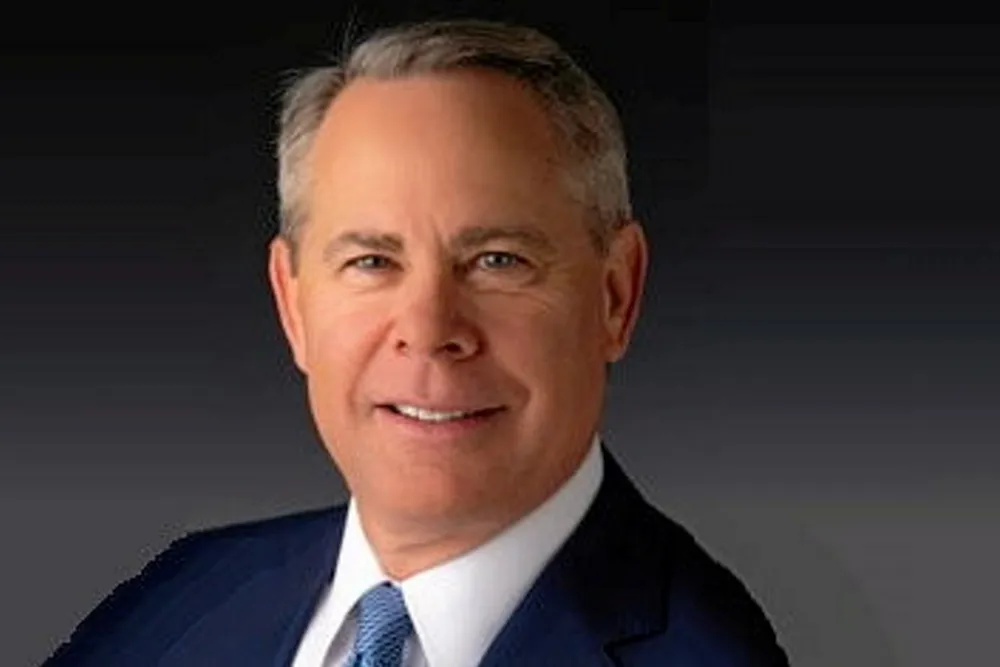'Urgent need': NextEra 10GW deals among largest in US clean power history
CEO Ketchum says agreements with unnamed firms outside technology sector signals that 'significant projected shift in fundamental demand is across industries'

NextEra Energy announced agreements with two unnamed customers to supply up to a potential 10.5GW of renewables and storage capacity for their US operations by 2030, a sign of robust demand for clean energy from large companies outside the technology sector.
“The customers we’re referencing today as well as quite a number of others with whom we’re in discussions with have, big, important, and urgent energy needs that they need to have visibility to how those are going to be met,” Rebecca Kujawa, CEO of Energy Resources, said on a Wednesday conference call.
“They want to make sure that we and they are aligned, so that they have access to our substantial pipeline of projects,” said Kujawa, which she estimated at 100GW in various stages of development. Energy Resources also claims to have 150GW of interconnect queue positions reserved across the country.
These deals and another for 4.5GW with Louisiana electric utility Entergy unveiled in June give NextEra an enormous amount of flexibility in terms of which assets it allocates toward those programmes, according to CEO John Ketchum.
“So, we’re not stuck tying up inventory,” he told analysts, noting such agreements create close partnership arrangements with each counterparty that “gives us a huge leg up in being able to secure incremental business.”
While the Entergy deal is a 50-50 mix of BOTs (build-own-transfer) projects and PPAs, the two latest would be more in line with PPAs, he said.
Kujawa highlighted that the new agreements do not involve technology giants such as Amazon, Facebook, and Google, which have been the driving force behind corporate and industrial demand for wind and solar power over the last decade and battery storage more recently.
“They are folks that are building facilities that they need to get power to,” she said, adding they are “concerned and care about ensuring that they are low-cost, ready to deploy, and ideally low carbon forms of energy and capacity. I think this is, again, a robust sign of significant broad- based demand.”
Energy Resources this year and in 2025 anticipates adding between 3.5GW and 4.4GW of wind capacity, 7.4GW to 8.3GW of grid-scale solar, 2.6GW to 3.5GW of energy storage, and 600MW to 900MW of repowered wind.
In 2026-27, the independent power producer is planning additions totaling 5.5GW to 7.1GW of wind, 11.1GW to 14.1GW of solar, 5.2GW to 7.2GW of energy storage, and up to 1GW of repowered wind.
Ketchum said he and his senior management team believe the US power sector is at an inflection point after decades of little to flat demand, noting there are forecasts for a six-fold increase in demand growth in the next 20 years versus the prior two decades.
“That significant projected shift in fundamental demand is across industries, driven in large part by 7/24 loads from data centres, re-shoring to manufacturing, and electrification of industry, including oil and gas and chemicals, to name a few,” he said.
US data centre demand alone is expected to increase substantially, adding 460TWh of new electricity demand at a compound annual growth rate of 22% from 2023 to 2030, according to Ketchum. This could potentially enable 150GW of new renewables and storage demand over the same period.
“Cost, capacity, and speed are the three big issues that need to be addressed in meeting power demand,” he told analysts. “When it comes to economics, renewables and storage are the lowest cost generation and capacity resource for customers in many parts of the US.”
NextEra calculates that new wind is up to 60% cheaper than new gas power generation and new solar is 40% less expensive on a “nearly firm” basis when paired with a four-hour battery. Moreover, they are already in the interconnection queues, according to Ketchum.
He noted Energy Resources is picking up the pace to meet this demand by originating 11GW over the last four quarters after averaging 8GW from 2021 to 2023.
“These additions clearly demonstrate that some of the most sophisticated customers in the country understand the value proposition of renewables and storage,’ said Ketchum.
(Copyright)